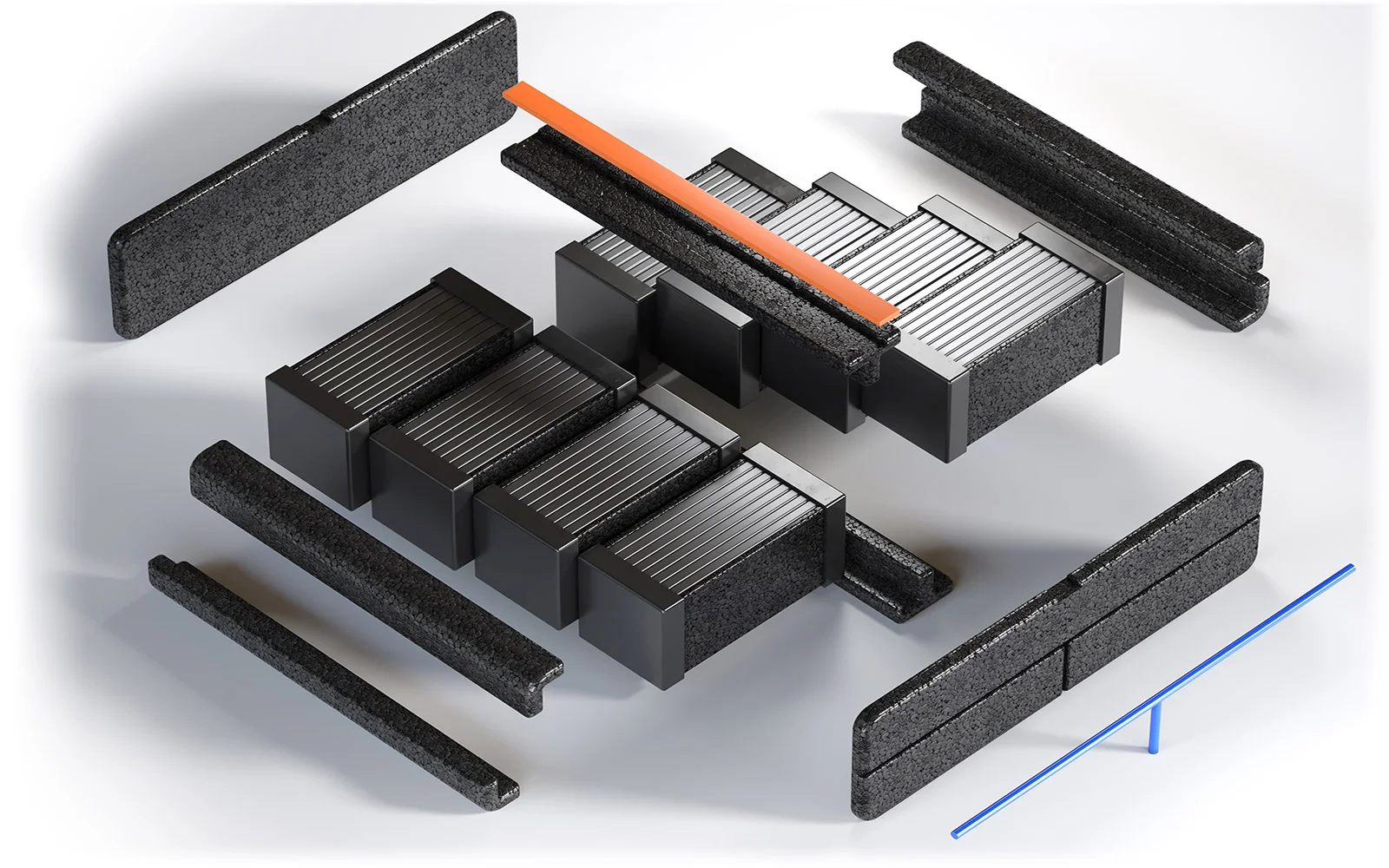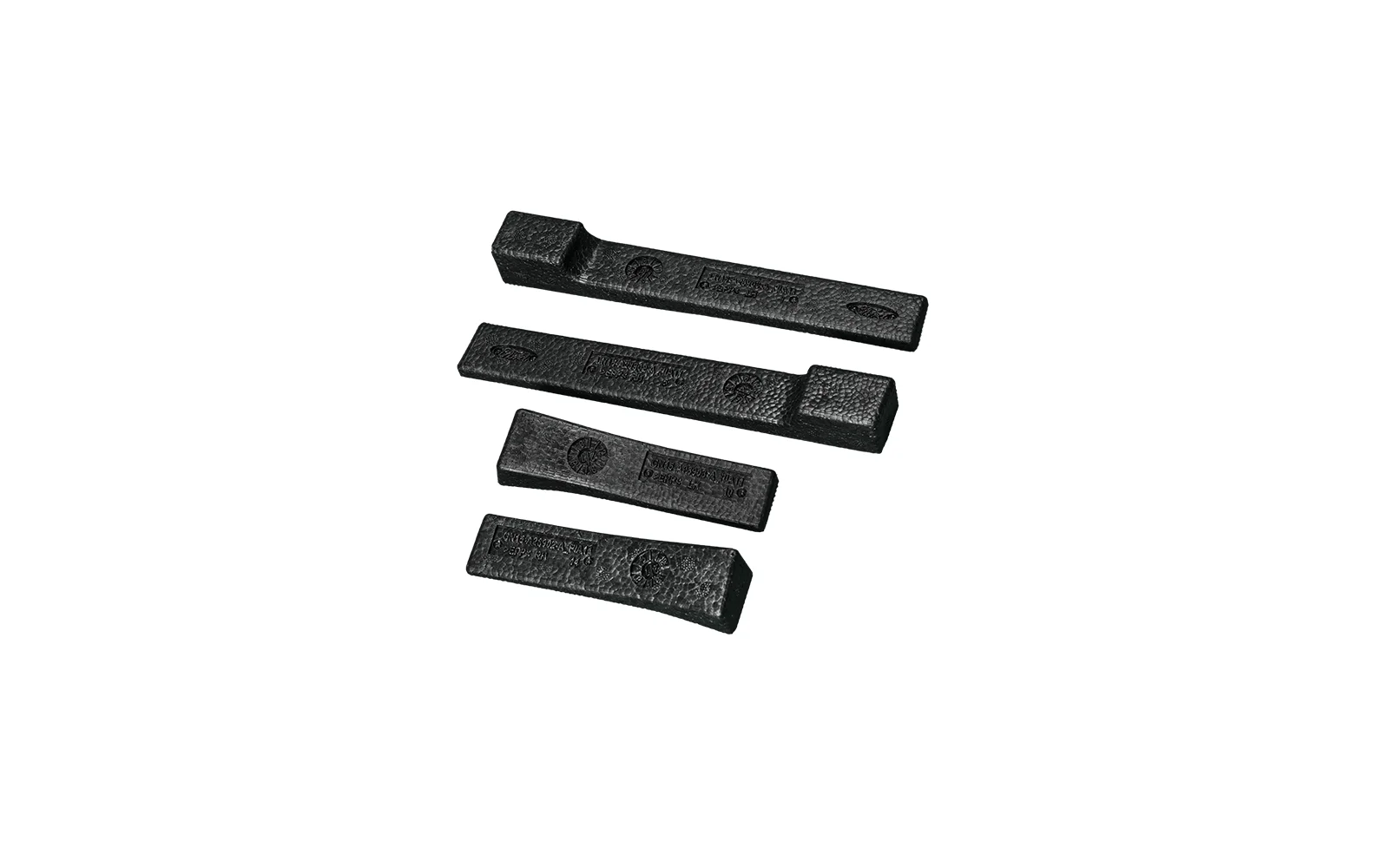Hybrid cars are growing in popularity in Europe, as evidenced by the fact that as many as half a million hybrid vehicles were sold in the first half of 2021 alone. During urban driving, they operate mainly in electric mode, which is economical and environmentally friendly. But is their operation equally beneficial in winter?
Popularity and advantages of hybrid cars in Europe
Hybrids have become the second most popular propulsion type in the European Union, just after diesel engines. According to ACEA, in the third quarter of 2021 as many as 20.7% of registered passenger cars had a combustion-electric drive. The most popular are the so-called “classic hybrids”, in which the electric motor plays a supporting role to the combustion engine. Their main advantages include high efficiency, low emissions and complete lack of maintenance – unlike plug-in hybrids, the energy needed to power the electric motor is stored during driving in combustion mode and regenerative braking. Recent research carried out by Polish scientific teams from Poznań and Kraków shows that cars with a classic HEV hybrid drive system use the electric motor for 77% of their operating time in urban mode. With a skilful driving style, they can also be characterised by very low fuel consumption even at the level of 3-4 litres per 100 km. However, some people fear that the advantages of hybrid cars are only apparent in the warmer months, as the electric drive used in them is sensitive to sub-zero temperatures. Is this justified?
Read more: Hybrid cars’ market – What is the future of HEVs (hybrid electric vehicles)?
Hybrid batteries life in cold weather – How does a hybrid perform in winter conditions?
Winter is a demanding time for all cars, regardless of the type of drive. Petrol engine cars have higher fuel consumption, while electric cars have noticeably shorter ranges. There are different types of electric cars. An HEV hybrid is a type of vehicle that has two drives: an economical naturally aspirated engine and one or more motors powered by Ni-MH batteries. The advantages of using such a combination in winter conditions can already be seen at start-up. In mild winters, it is often the electric motor that starts the hybrid car first. Due to its simple design, it operates regardless of low temperatures and can immediately achieve maximum power. This distinguishes it from a conventional combustion engine, which must first reach the right operating temperature while driving.
Read more: Battery life for electric cars – we dispel any doubts
What's more, being able to switch on the car heater in winter before you drive off provides comfort and makes it very easy to remove frost from the windows, for example.
Despite appearances, hybrid batteries perform well in even extreme cold weather. batteries in hybrid cars are resistant to very low temperatures. Manufacturers of this type of cars guarantee their trouble-free start-up and operation even at temperatures as low as -30°C. In extreme conditions, intelligent systems switch on the petrol engine first, which transfers heat to the air conditioning system.
What is the hybrid car winter performance in terms of fuel consumption?
Increased fuel consumption in winter is a reality for all drivers. A number of elements can contribute to this phenomenon, such as higher rolling resistance, car heating, or generally difficult driving conditions and traffic slowdowns in large cities. Increased fuel consumption in cars with internal combustion engines is a direct result of the way they operate. The lubricants and oil required to keep them running thicken, which causes the engine to resist more, so it needs more energy to start up and reach the optimum temperature between 80 and 90°C.

Modern hybrid cars have an internal combustion engine, so will inevitably also consume more fuel and generate more emissions than in the summer season. In addition, the internal combustion engine will heat up slightly slower in alternate mode than in conventional cars where it runs continuously. As a result, it is estimated that during the winter season the fuel consumption of a hybrid car increases by an average of 15% and that of a combustion car by 10%.
However, despite this, hybrids are still more environmentally friendly. Let's remember that in the urban driving cycle the electric engine works as much as 77% of the time and this proportion does not change in winter. The battery in a hybrid is constantly charged when braking and driving at a constant low speed, regardless of external temperatures. Assuming that a traditional combustion car consumes 8 litres of fuel and a hybrid 5 litres, this still translates into significant savings and a noticeable reduction in emissions.
Read more: How to reduce the carbon footprint of the automotive sector?
EPP foamed plastic – a revolution for “slimming down” the construction of hybrid cars
The popularity enjoyed by hybrid cars on the European continent is mainly due to their independence and reliability, even in difficult conditions. They are characterised by low petrol consumption and reduced emissions, and unlike typical 'electrics' they do not need to be recharged at sometimes difficult to access electric car charging points. This can be inconvenient especially in winter when the range of electric cars is reduced by up to 30%. Hybrid cars are often referred to as a bridging technology between combustion and fully electric cars, but work is still underway to make this type of propulsion more efficient. One area of innovation is “slimming down” the construction of hybrid cars, which are slightly heavier than combustion cars due to the presence of two power units.

Reducing the weight would further reduce the emissions and increase the operating time in electric mode. A technology that could help solve this problem is ultralight EPP foamed plastic . Due to its ease of moulding and rich performance characteristics, it is already used in many areas of electric car construction, from car seats and passive safety components to thermal insulation of the cabin and protection of batteries and sensitive electronics. Seat, door and headliner fillings made from EPP foam, 95% of which is made up of air, not only reduce the weight of these components, but also effectively retain heat inside the cabin. This translates directly into reduced energy expenditure for heating in electric mode. Meanwhile, battery packs made of foamed polypropylene effectively protect the batteries from external conditions, thus extending their service life. So it is worth taking care of the proper insulation of batteries.
Read more: Electric cars in winter. How to care for your car in winter?